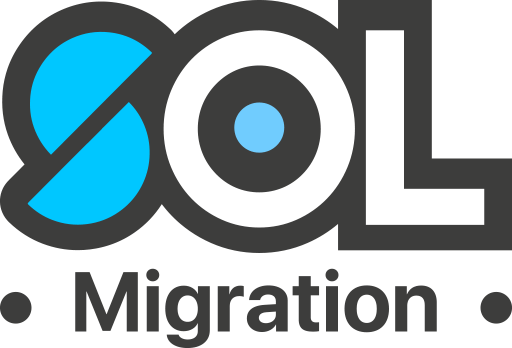Who can apply for a Contributory Parent Visa 143?
To be eligible for this visa, you generally must meet the following criteria:
- Parental Relationship: You must be the parent of an Australian citizen, Australian permanent resident, or eligible New Zealand citizen who is settled in Australia. This relationship must be proven through documentation, such as birth certificates.
- Sponsorship: You must have an eligible sponsor in Australia. The sponsor is typically your child (the Australian citizen, permanent resident, or eligible New Zealand citizen). If your child is under 18 years old, your eligible relative or a community organisation can become your sponsor.
Please note that if you are applying as a retiree, then you don’t need a sponsorship.
- Meet the Balance of Family Test: To meet the Balance of Family Test, you must demonstrate that at least half of your children are living in Australia as Australian citizens, Australian permanent residents, or eligible New Zealand citizens, or that more of your children live in Australia.
Please note that if you are applying as a retiree or if you are holding the 173 visa, then you don’t need to meet the Balance of Family Test.
- Assurance of Support: You and any family members included in the application must have an assurer, who is willing to provide financial support to you if necessary.
If you are applying as a retiree, then you don’t need to provide the Assurance of Support.
- Health and Character Requirements: You and any dependent family members must meet health and character requirements.
- No Prior Visa Cancellation or refusal: You might not be eligible for this visa if you have had a visa cancelled or refused before.
- No Outstanding Debts to the Australian Government: You must have no outstanding debts to the Australian government.
- Health Insurance: You must have a health insurance (until you get the Parent Visa) if you apply for this visa as a retiree.
- Previous Visa: You must not have hold or applied for a 870 visa when you apply for a visa 143.
Are you wondering if you are eligible for this visa? Contact our experienced Registered Migration Agents today to have free eligibility check!
Who can be a sponsor for a Contributory Parent Visa 143?
The child of the main applicant
For a Contributory Parent Visa Subclass 143, the sponsor is typically the child of the parents who wish to migrate to Australia. However, the sponsor must meet certain eligibility criteria to be eligible to sponsor their parents for this visa. Here are the key requirements for a sponsor:
- Be an Australian Citizen, Permanent Resident, or Eligible New Zealand Citizen: The sponsor must be an Australian citizen, Australian permanent resident, or eligible New Zealand citizen. Only individuals with one of these statuses can sponsor their parents for this visa.
- Be settled and regularly live in Australia.
- Age requirement: The sponsor must be 18 years old or above.
The relative or eligible person
If the child of the visa applicant is under 18 years old, then a relative or eligible person can sponsor the visa applicant on behalf of the child. In this case, the sponsor must:
- Be an Australian citizen, Australian Permanent resident, or an eligible New Zealand citizen.
- Residing in Australia and have established settled status.
- 18 years of age or older.
The 143-visa sponsor must also fall into one of the following categories:
- is the child’s co-habiting spouse.
- is a relative or guardian of the child.
- is a relative or guardian of the child’s co-habiting spouse.
The community organization
Your community organization is eligible to sponsor a visa 143 applicant if the following conditions are met:
- There is an established connection between the organization and the applicant’s child.
- A senior representative of the organization is willing to act as the sponsor for the applicant.
- The organization has been legally established and recognized within Australia.
- The organization has been actively engaged in its activities within Australia for at least one year.
- The organization possesses the capacity to meet its financial commitments.
There is no cost to sponsor a visa subclass 143.
If you have any questions about the visa 143 sponsorship, call us on 07 3003 1899 or fill in the enquiry form. Our experienced Registered Migration Agents are here to help!



